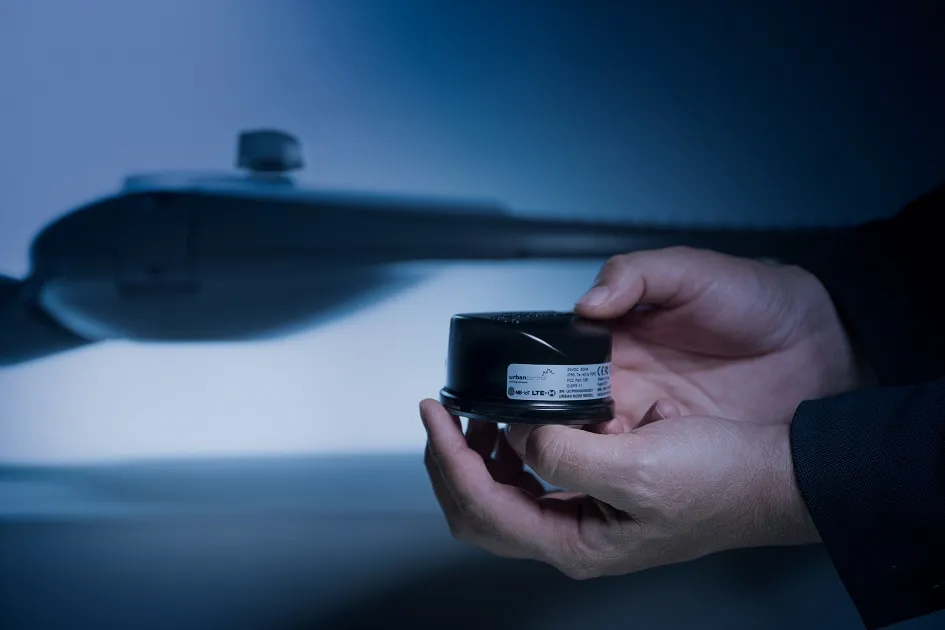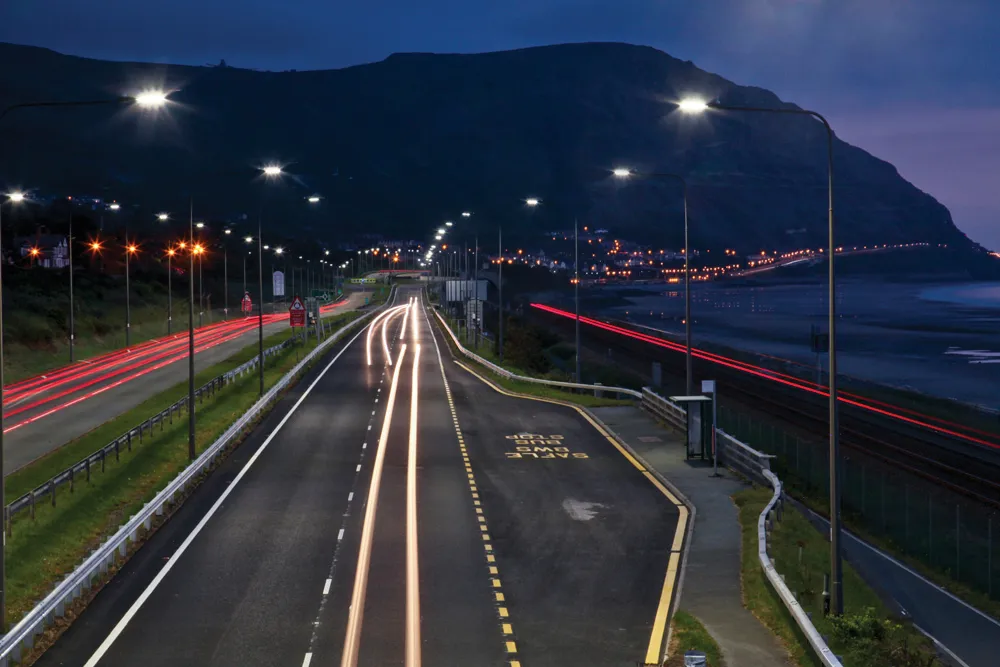
Using the smart lighting control node, the Mayflower CMS (central management system) now controls and monitors in excess of 180,000 street lights, bollards and signs in the UK and Ireland. Orders for the system have now reached 300,000 nodes.
The biggest installation in Hampshire has over 90,000 Mayflower nodes fitted with a further 50,000 to be installed over the next 12 months making it the largest single street-lighting CMS in the world. This has allowed Hampshire County Council to reduce CO2 emissions by around 4000tonnes, equivalent to 1600 cars/year.
Mayflower’s product range includes both external and internal solutions, which give the ability to monitor and control a range of installations from high masts and street lights to illuminated bollards and signs. All nodes communicate via a Zigbee self-healing mesh network, connected to Mayflower’s back-office solution via a secured GSM Internet connection mounted to the network coordinator.








